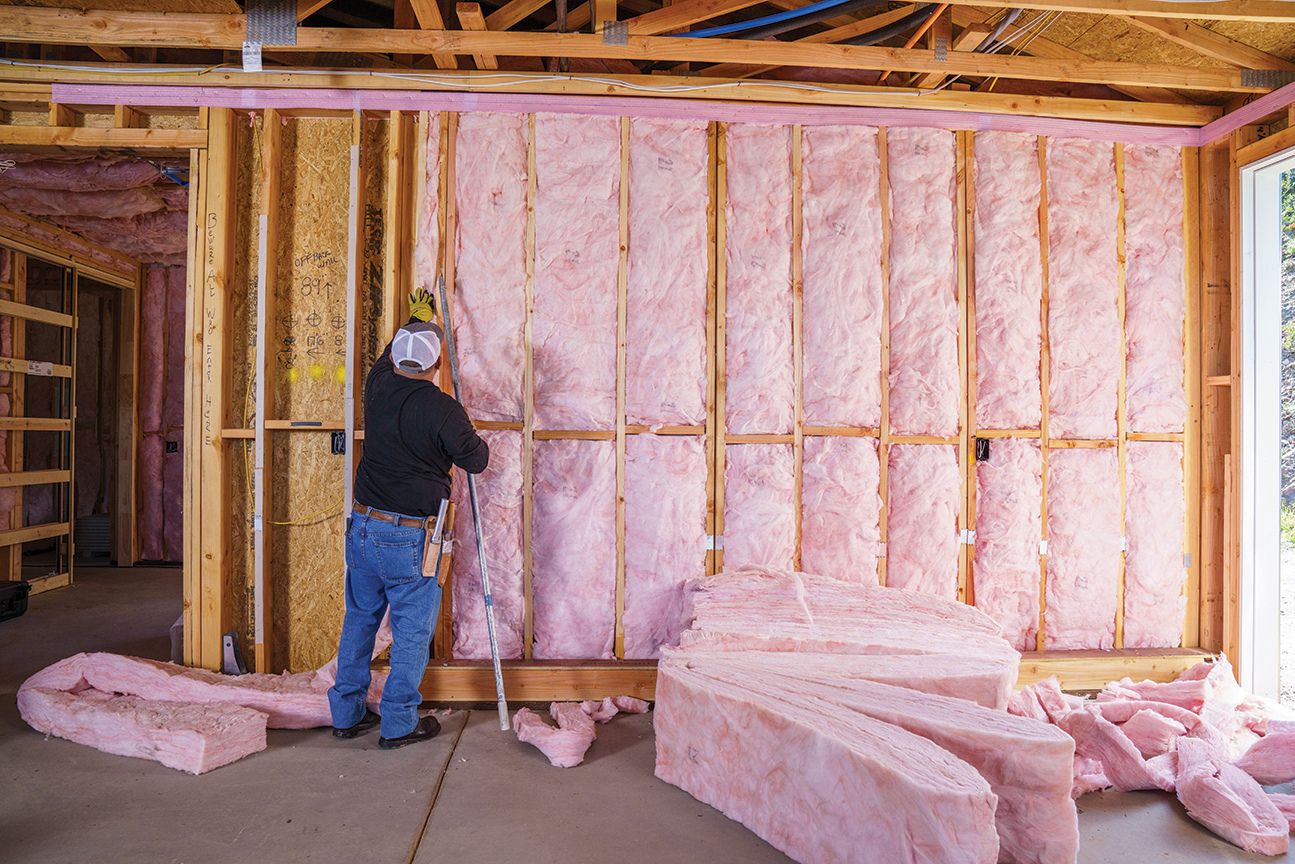

Articles
How To Stop Insulation Itch
Modified: October 28, 2024
Learn effective ways to stop insulation itch with these informative articles. Say goodbye to discomfort and irritation caused by insulation materials.
(Many of the links in this article redirect to a specific reviewed product. Your purchase of these products through affiliate links helps to generate commission for Storables.com, at no extra cost. Learn more)
Introduction
Welcome to our comprehensive guide on how to stop insulation itch. If you’ve ever experienced that insufferable itching sensation after coming into contact with insulation materials, you know just how uncomfortable it can be. Whether you’re a homeowner tackling a DIY insulation project or a professional installer, insulation itch is a common issue that can hamper your progress and cause considerable discomfort.
In this article, we will explore what insulation itch is, its causes, and provide you with effective tips and remedies to prevent and relieve this irritating condition. So, if you’re tired of scratching and itching, let’s dive in and find out how you can put an end to insulation itch for good.
Key Takeaways:
- Say goodbye to insulation itch by wearing protective clothing, choosing the right materials, and keeping your skin moisturized. Follow these tips to prevent and relieve the discomfort of insulation itch during your projects.
- If you do experience insulation itch, there are various methods to find relief. From washing the affected area to using over-the-counter anti-itch creams and home remedies, you can soothe the itching and reduce inflammation.
Read more: When Did They Stop Using Asbestos Insulation
What is Insulation Itch?
Insulation itch, also known as insulation irritation or fiberglass itch, is a common skin condition that occurs after coming into contact with certain insulation materials. It is characterized by an intense itching sensation, accompanied by redness, inflammation, and sometimes even a rash.
The most common type of insulation that causes this itching sensation is fiberglass insulation. Fiberglass insulation is composed of tiny glass fibers that are woven together to create a soft and flexible material. When these tiny fibers come into contact with the skin, they can irritate and cause itching.
It is important to note that not all types of insulation cause itchiness. Other types of insulation materials, such as cellulose, foam, and mineral wool, are generally less likely to cause irritation. However, if you have sensitive skin or are allergic to certain materials, you may still experience itchiness with these types of insulation.
Insulation itch can occur immediately upon contact or develop over time as the fibers penetrate and irritate the skin. The severity of the itch can vary from mild discomfort to intense itching that persists for days. It can also lead to other symptoms like redness, swelling, and skin irritation.
While insulation itch is not a serious medical condition, it can be highly uncomfortable and disruptive, affecting your ability to work or perform daily activities. Therefore, understanding the causes of insulation itch and implementing preventive measures is crucial in order to avoid this bothersome condition.
Causes of Insulation Itch
Insulation itch is primarily caused by the tiny fibers found in certain types of insulation materials. When these fibers come into contact with the skin, they can cause irritation and trigger an itching sensation. However, there are a few specific factors that contribute to the development of insulation itch:
- Fiberglass Fibers: Fiberglass insulation, the most common culprit of insulation itch, is made up of extremely fine glass fibers. These fibers can easily break off and become airborne, making them more likely to come into contact with the skin and cause irritation.
- Poor Installation: Improper installation of insulation can exacerbate insulation itch. When insulation is not properly sealed or covered, the fibers are more likely to become airborne and come into contact with the skin, leading to irritation.
- Sensitivity or Allergies: Some individuals may have a higher sensitivity to insulation materials or specific fibers. People with existing skin conditions or allergies may be more prone to experiencing insulation itch.
- Dry Skin: Dry skin can make individuals more susceptible to insulation itch. When the skin is dry, it becomes more prone to irritation and itching when in contact with insulation materials.
- Prolonged Exposure: Prolonged exposure to insulation materials can increase the likelihood of developing insulation itch. Professionals who work with insulation regularly or individuals involved in large-scale insulation projects are more at risk.
It’s important to note that the severity of insulation itch can vary depending on individual factors such as skin sensitivity, exposure duration, and the type of insulation material. Taking precautions to prevent exposure and implementing proper safety measures can significantly reduce the risk of experiencing insulation itch.
Common Insulation Materials
Insulation materials come in various forms and compositions. Understanding the different types of insulation can help you identify the potential causes of insulation itch and make informed decisions when it comes to selecting the right insulation for your needs. Here are some common insulation materials:
- Fiberglass Insulation: Fiberglass insulation is one of the most widely used insulation materials. It consists of fine glass fibers that are made into batts, rolls, or blown-in insulation. Fiberglass insulation can be a common cause of insulation itch due to the tiny glass fibers.
- Cellulose Insulation: Cellulose insulation is made from recycled paper and treated with fire-resistant chemicals. It is an eco-friendly option that can be blown into attics or walls. Cellulose insulation is generally less likely to cause insulation itch compared to fiberglass.
- Spray Foam Insulation: Spray foam insulation is a two-component liquid that expands into a foam when applied. It provides excellent insulation and acts as an air barrier. Since spray foam insulation does not contain fibers, it is less likely to cause insulation itch.
- Mineral Wool Insulation: Mineral wool insulation, also known as rock wool or stone wool insulation, is made from volcanic rock, slag, or other minerals. It can be found in batts or loose-fill form. While it may cause some irritation, it is generally considered less itchy compared to fiberglass insulation.
- Reflective Insulation: Reflective insulation is typically used in hot climates to reflect radiant heat. It consists of a reflective surface, often made of aluminum foil, which is combined with other insulation materials. Reflective insulation does not typically cause insulation itch.
It’s important to remember that while some insulation materials are less likely to cause insulation itch, individual sensitivities and allergies can still lead to discomfort. It is recommended to wear proper protective clothing, such as long sleeves, gloves, and goggles, when handling any type of insulation to minimize skin contact and irritation.
Tips for Preventing Insulation Itch
Preventing insulation itch is essential to ensure a comfortable and safe insulation installation or remodeling project. By following these tips and precautions, you can significantly reduce the risk of experiencing insulation itch:
- Wear Protective Clothing: Before handling any insulation material, make sure to wear long sleeves, long pants, gloves, goggles, and a face mask. This protective clothing will create a barrier between your skin and the insulation fibers, minimizing direct contact and reducing the chances of irritation.
- Choose the Right Insulation: When selecting insulation materials, consider alternatives to fiberglass insulation if you have a history of sensitivity or allergies. Options like cellulose or mineral wool insulation may be less likely to cause insulation itch.
- Proper Installation: Ensure that the insulation is properly installed, sealed, and covered. This will minimize the likelihood of insulation fibers becoming airborne and coming into contact with your skin or causing irritation to others in the future.
- Avoid Skin Exposure: Avoid direct contact with insulation material as much as possible. If you need to handle the insulation, use tools like gloves or tongs to minimize skin exposure. Additionally, make sure to wash your hands thoroughly after handling insulation to remove any residual fibers.
- Keep the Work Area Well-Ventilated: Proper ventilation is crucial when working with insulation materials. Make sure to open windows or use fans to maintain a good airflow, which will help prevent the accumulation of airborne fibers and reduce the risk of inhalation or skin contact.
- Moisturize Your Skin: Keeping your skin moisturized can help prevent dryness, which can make the skin more susceptible to irritation. Apply a moisturizer to your hands, arms, and any exposed areas before and after working with insulation.
- Clean Up Thoroughly: After completing the insulation project, clean up the work area meticulously. Use a vacuum cleaner with a HEPA filter to collect any loose fibers and dispose of them properly. This will minimize the chances of residual fibers causing irritation later on.
By following these preventative measures, you can significantly reduce the risk of insulation itch and ensure a smoother and more comfortable insulation installation process. Your health and well-being should always be a top priority when working with insulation materials.
Wear long sleeves, pants, gloves, and a mask when handling insulation to minimize skin contact. After exposure, shower with mild soap and water to remove any remaining fibers.
Read more: How To Get Rid Of Grass Itch
Ways to Relieve Insulation Itch
If you are already experiencing insulation itch, there are several ways to find relief and alleviate the discomfort. Here are some effective methods to relieve insulation itch:
- Wash the Affected Area: As soon as you notice the itchiness, wash the affected area with mild soap and lukewarm water. Gently pat the area dry with a soft towel. This will help remove any loose insulation fibers that may be causing irritation.
- Cold Compress: Apply a cold compress to the itchy area to soothe inflammation and reduce itching. You can use a clean cloth soaked in cold water or even an ice pack wrapped in a thin towel. Avoid applying ice directly to the skin to prevent ice burns.
- Over-the-Counter Anti-Itch Creams: Over-the-counter creams or lotions containing ingredients such as hydrocortisone or calamine can provide temporary relief from itching. Follow the instructions on the product label and apply the cream gently to the affected area.
- Avoid Scratching: Although it can be tempting, scratching the itch can further irritate the skin and lead to more itching or even break the skin, increasing the risk of infection. Use distraction techniques such as tapping or applying gentle pressure to the area instead of scratching.
- Oatmeal Bath: Taking an oatmeal bath can help soothe itchy skin. Add colloidal oatmeal or finely ground oatmeal to a bathtub filled with lukewarm water and soak in it for 15-20 minutes. Pat dry gently after the bath to avoid irritating the skin further.
- Aloe Vera Gel: The natural soothing properties of aloe vera can provide relief from itching and inflammation. Apply a thin layer of pure aloe vera gel directly to the itchy area and let it dry. Reapply as needed.
- Antihistamines: If the itching is severe and affecting your sleep or daily activities, over-the-counter antihistamine medications can help. These can help reduce allergic reactions and relieve itching. However, always follow the recommended dosage and consult a healthcare professional if you have any concerns.
It’s important to note that these methods provide temporary relief and should not replace seeking medical attention if the itching persists or worsens over time. If you experience severe symptoms such as difficulty breathing, swelling, or a spreading rash, seek immediate medical attention as it could be a sign of an allergic reaction or more serious condition.
Home Remedies for Soothing Insulation Itch
In addition to the aforementioned methods, there are several effective home remedies that can help soothe insulation itch and provide relief. Here are some natural remedies you can try:
- Baking Soda Paste: Mix baking soda with a small amount of water to create a paste. Apply the paste to the itchy area and let it sit for 10-15 minutes before rinsing off with lukewarm water. Baking soda has anti-inflammatory properties that can help reduce itching.
- Apple Cider Vinegar: Dilute apple cider vinegar with water and apply it directly to the itchy skin using a clean cloth or cotton ball. The acidity of apple cider vinegar can help balance the skin’s pH and provide relief from itching.
- Tea Tree Oil: Dilute a few drops of tea tree oil in a carrier oil, such as coconut oil, and apply it to the itchy area. Tea tree oil has antimicrobial and anti-inflammatory properties that can help soothe the skin.
- Colloidal Oatmeal: Add colloidal oatmeal to a lukewarm bath and soak in it for 15-20 minutes. Colloidal oatmeal has anti-inflammatory properties that can help relieve itching and soothe irritated skin.
- Coconut Oil: Apply a thin layer of coconut oil to the itchy area. Coconut oil has moisturizing properties that can help reduce dryness and alleviate itching.
- Chamomile Tea Compress: Brew chamomile tea using a tea bag or dried chamomile flowers. Let the tea cool down and then apply a compress to the itchy area. Chamomile has anti-itch and anti-inflammatory properties.
- Cold Milk Compress: Soak a clean cloth in cold milk and apply it to the itchy area for 10-15 minutes. The cool temperature and protein content in milk can help soothe itching and reduce inflammation.
Remember to perform a patch test before using any home remedy to ensure you don’t have an adverse reaction. If the itching persists or worsens, it is advisable to consult a healthcare professional for further evaluation and treatment options.
While these home remedies can provide temporary relief, it is essential to address the cause of insulation itch by implementing preventive measures and seeking medical attention if needed. Prevention is key to avoiding future episodes of insulation itch and maintaining your comfort and well-being.
When to Seek Medical Attention
In most cases, insulation itch is a temporary and self-limiting condition that can be managed with home remedies and preventive measures. However, there are instances where it is important to seek medical attention. Here are some situations in which you should consult a healthcare professional:
- Severe Itching: If the itching is severe, persistent, and does not respond to home remedies or over-the-counter treatments, it is advisable to seek medical advice. Severe itching can be a sign of an underlying allergic reaction or skin condition that requires medical intervention.
- Difficulty Breathing: If you experience difficulty breathing, wheezing, or shortness of breath, it could be an indication of a severe allergic reaction, such as anaphylaxis. Seek immediate medical attention or call emergency services.
- Spreading Rash: If the itchiness is accompanied by a spreading rash, blisters, or signs of infection, it is important to consult a healthcare professional. These symptoms may indicate a more serious condition that requires medical evaluation and treatment.
- Generalized Symptoms: If you experience systemic symptoms such as dizziness, nausea, fever, or body aches in addition to insulation itch, it is recommended to seek medical attention. These symptoms may indicate an allergic reaction or other underlying medical conditions.
- History of Severe Allergies or Asthma: If you have a known history of severe allergies or asthma, it is advisable to consult a healthcare professional before engaging in any insulation work. They can provide guidance on precautionary measures and potential allergic reactions.
It is crucial to remember that healthcare professionals are the best resource for evaluating and diagnosing any medical condition. They can provide appropriate treatment, prescribe medications if necessary, and guide you on how to manage insulation itch effectively.
While insulation itch can be bothersome, taking preventive measures, using protective clothing, and following safety guidelines can significantly reduce the risk of experiencing this condition. Prioritizing your health and well-being during insulation projects should always be a top priority.
Conclusion
Insulation itch can be an uncomfortable and irritating condition that can occur when coming into contact with certain insulation materials. While fiberglass insulation is the most common culprit, other insulation types can also cause itching, especially for individuals with sensitivities or allergies. Fortunately, there are several ways to prevent and relieve insulation itch.
To prevent insulation itch, it is important to wear proper protective clothing, choose the right insulation materials, and ensure proper installation and ventilation. Avoiding prolonged exposure and keeping your skin moisturized are also key preventative measures. Taking these precautions can minimize the risk of experiencing insulation itch during insulation projects.
If you do experience insulation itch, there are various methods to find relief. Washing the affected area, applying cold compresses, and using over-the-counter anti-itch creams can provide temporary relief. Additionally, home remedies such as baking soda paste, apple cider vinegar, and tea tree oil can help soothe itching and reduce inflammation.
In some cases, seeking medical attention is necessary. If the itching is severe, there is difficulty breathing, a spreading rash, or other systemic symptoms, it is important to consult a healthcare professional. They can provide a proper evaluation and recommend appropriate treatment if needed.
Ultimately, by taking preventative measures, implementing safety precautions, and seeking medical attention when necessary, you can effectively manage and minimize insulation itch. Prioritizing your health and well-being during insulation projects will ensure a more comfortable and successful experience.
Remember, while insulation itch can be bothersome, it should not discourage you from benefiting from the thermal and energy-saving properties of insulation materials. By understanding the causes and following the tips provided in this guide, you can comfortably tackle insulation projects and enjoy the benefits of a well-insulated space.
If you found our guide on minimizing insulation itch helpful, you'll definitely want to delve deeper into related topics. For those keen on the latest advancements, our article on cutting-edge fiberglass insulation options offers an exciting glimpse into what 2024 has in store. Meanwhile, hands-on enthusiasts looking to tackle projects around their own homes will benefit from our comprehensive guide on DIY home improvement techniques. Both pieces are packed with practical advice and innovative solutions to enhance your living space efficiently.
Frequently Asked Questions about How To Stop Insulation Itch
Was this page helpful?
At Storables.com, we guarantee accurate and reliable information. Our content, validated by Expert Board Contributors, is crafted following stringent Editorial Policies. We're committed to providing you with well-researched, expert-backed insights for all your informational needs.
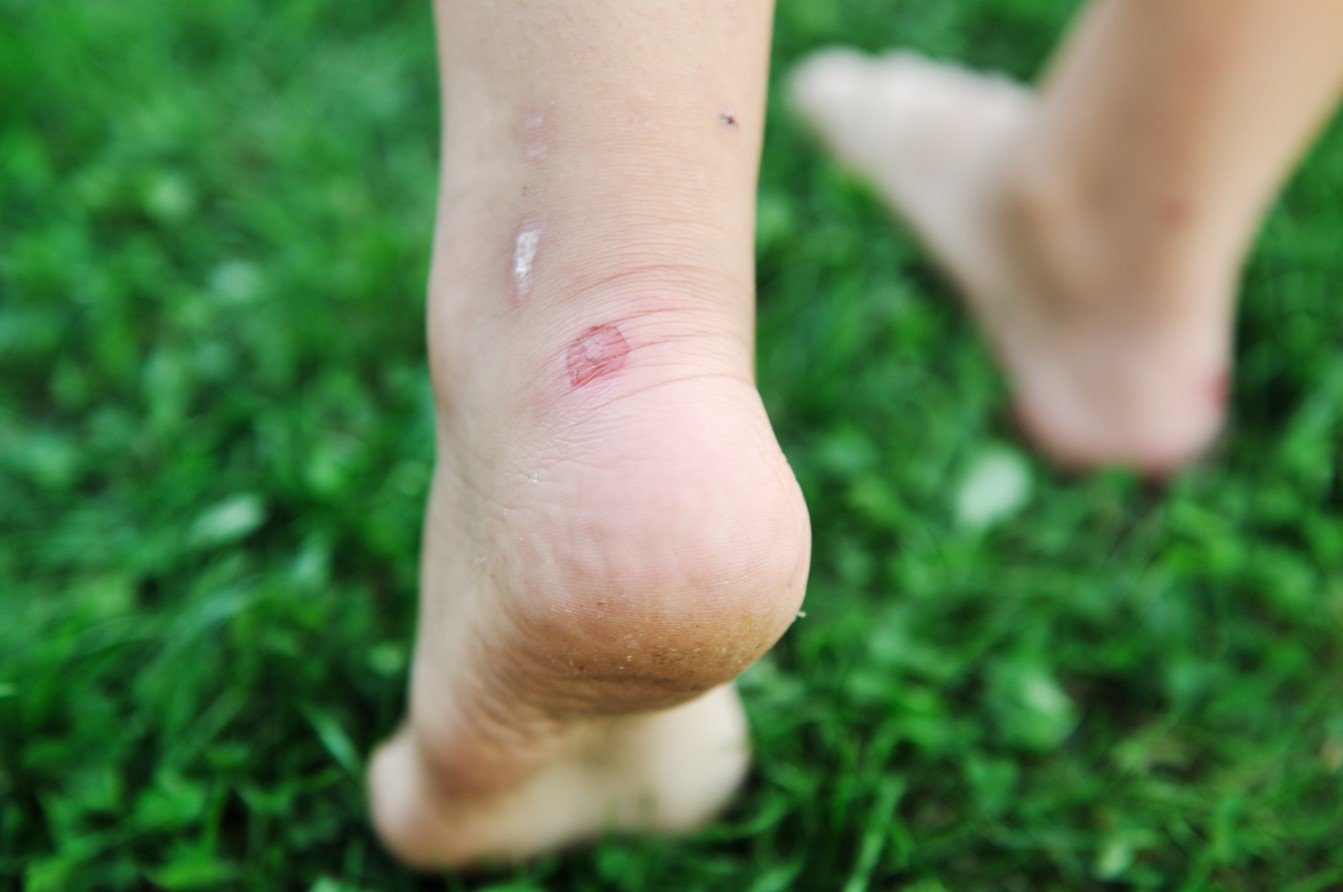

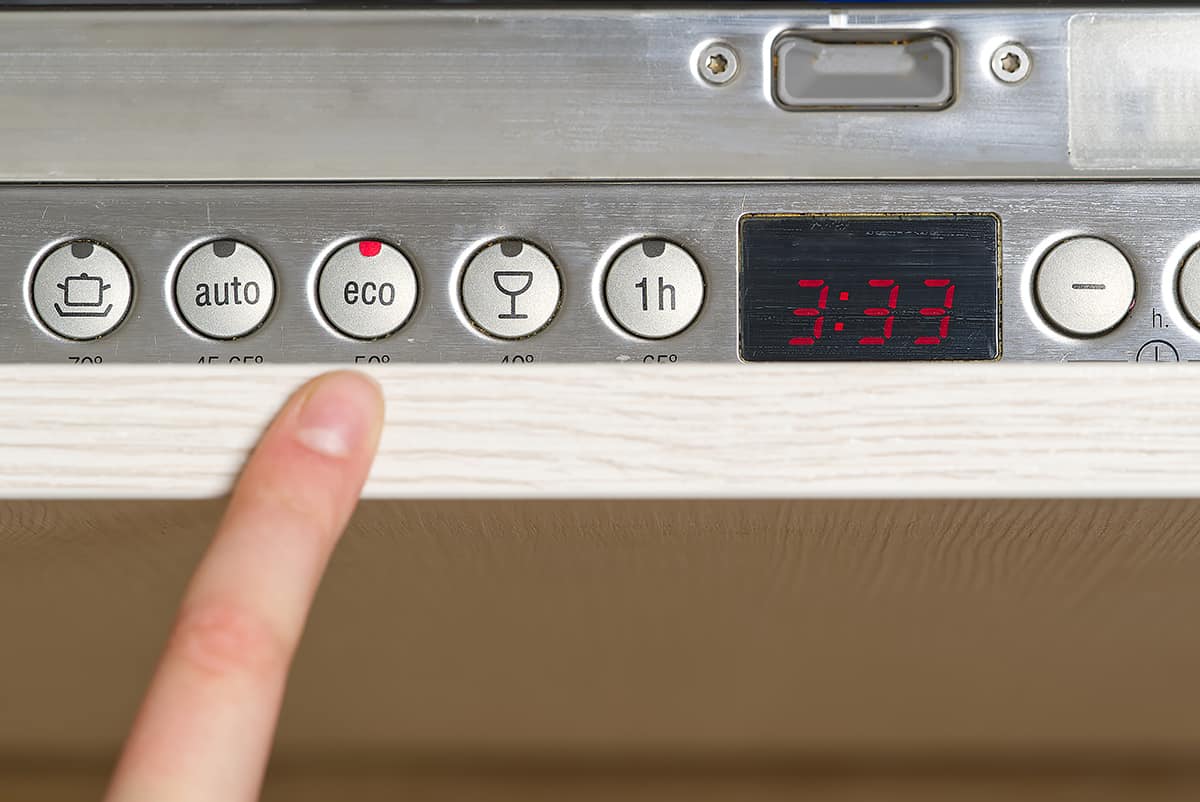

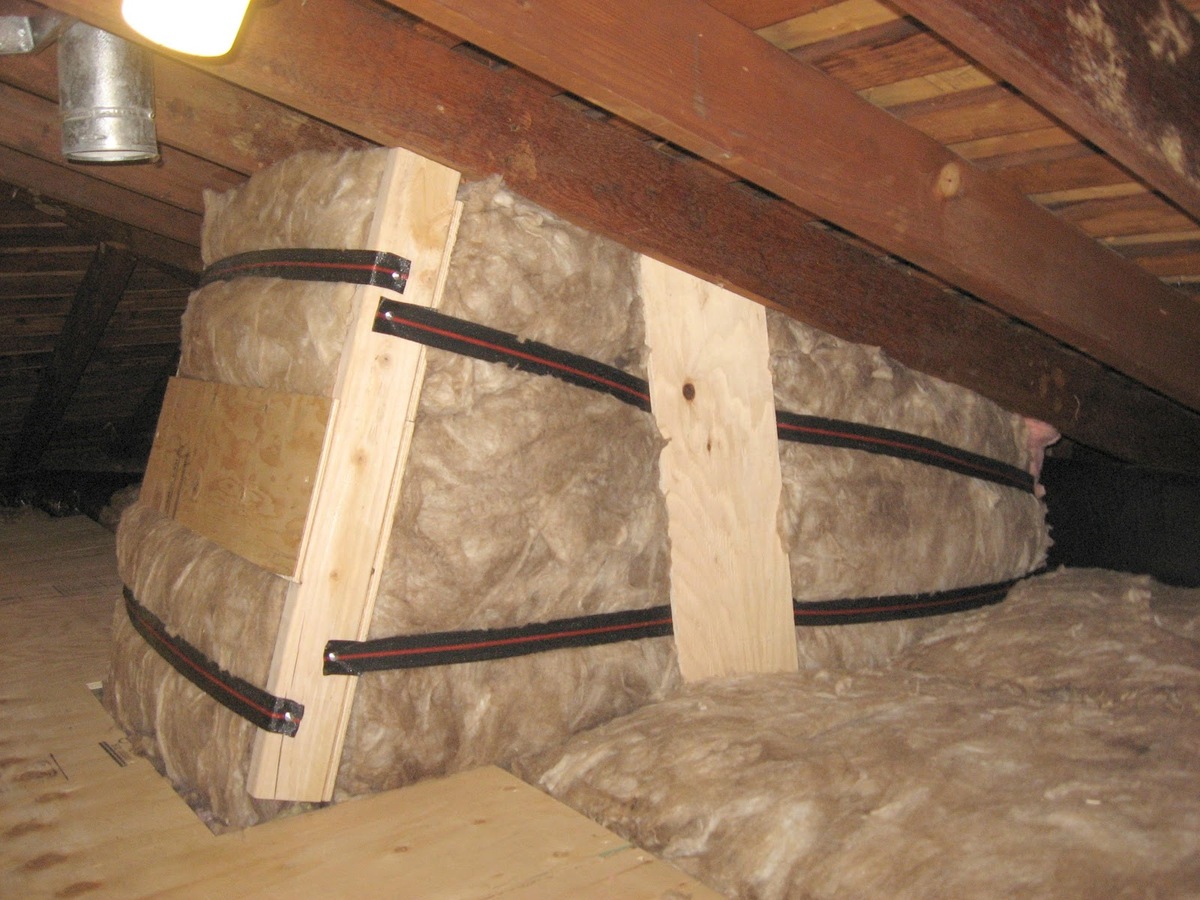
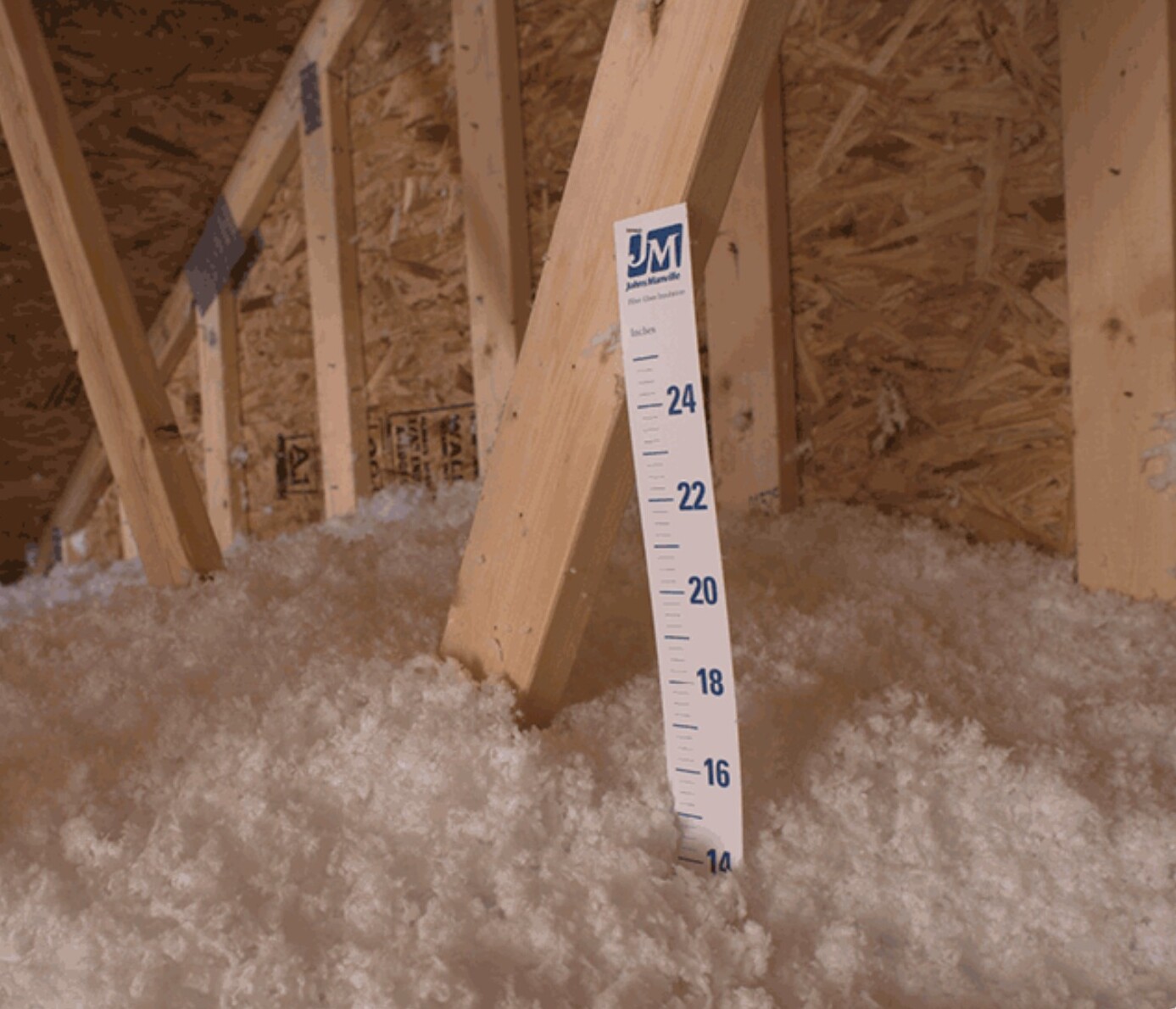

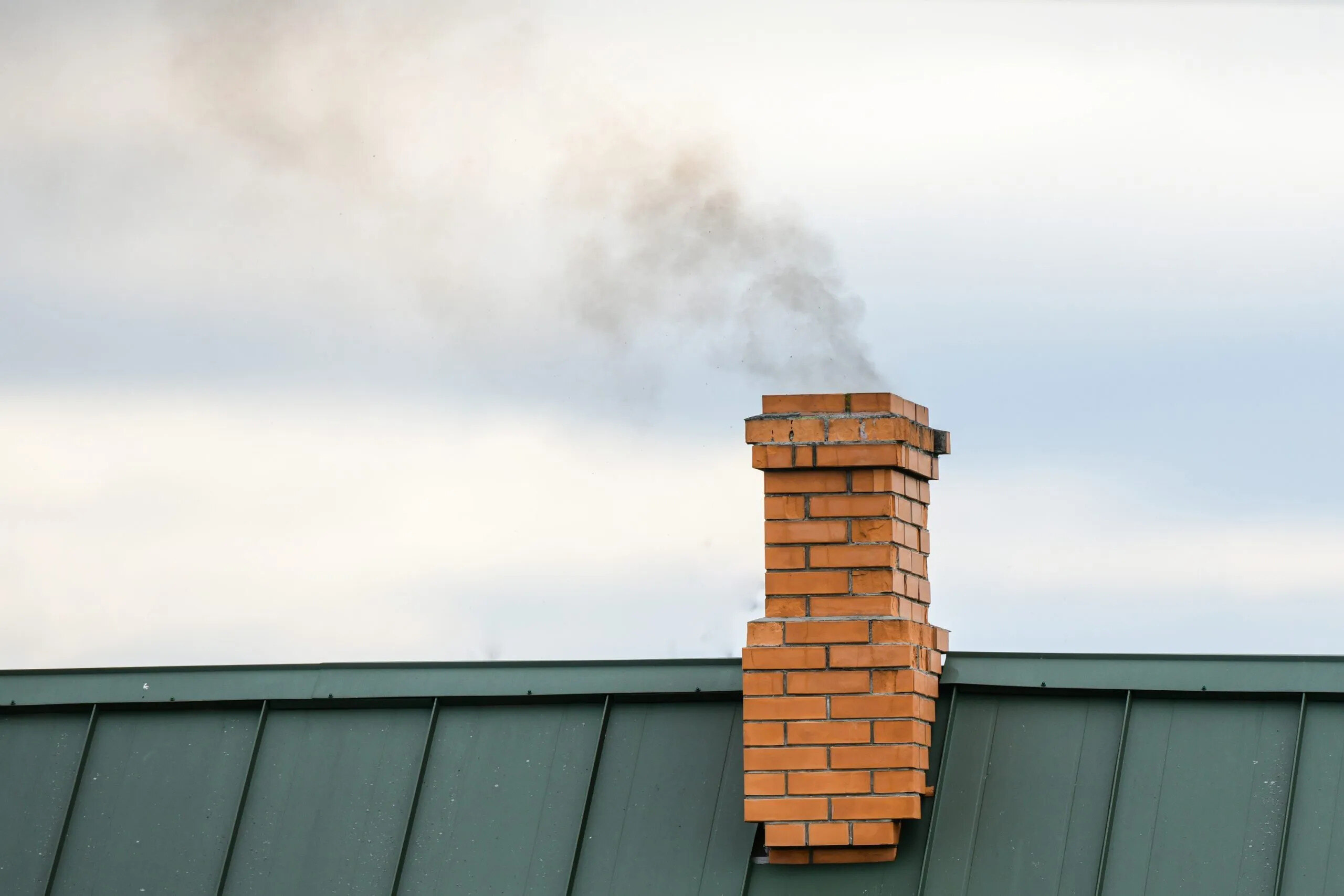
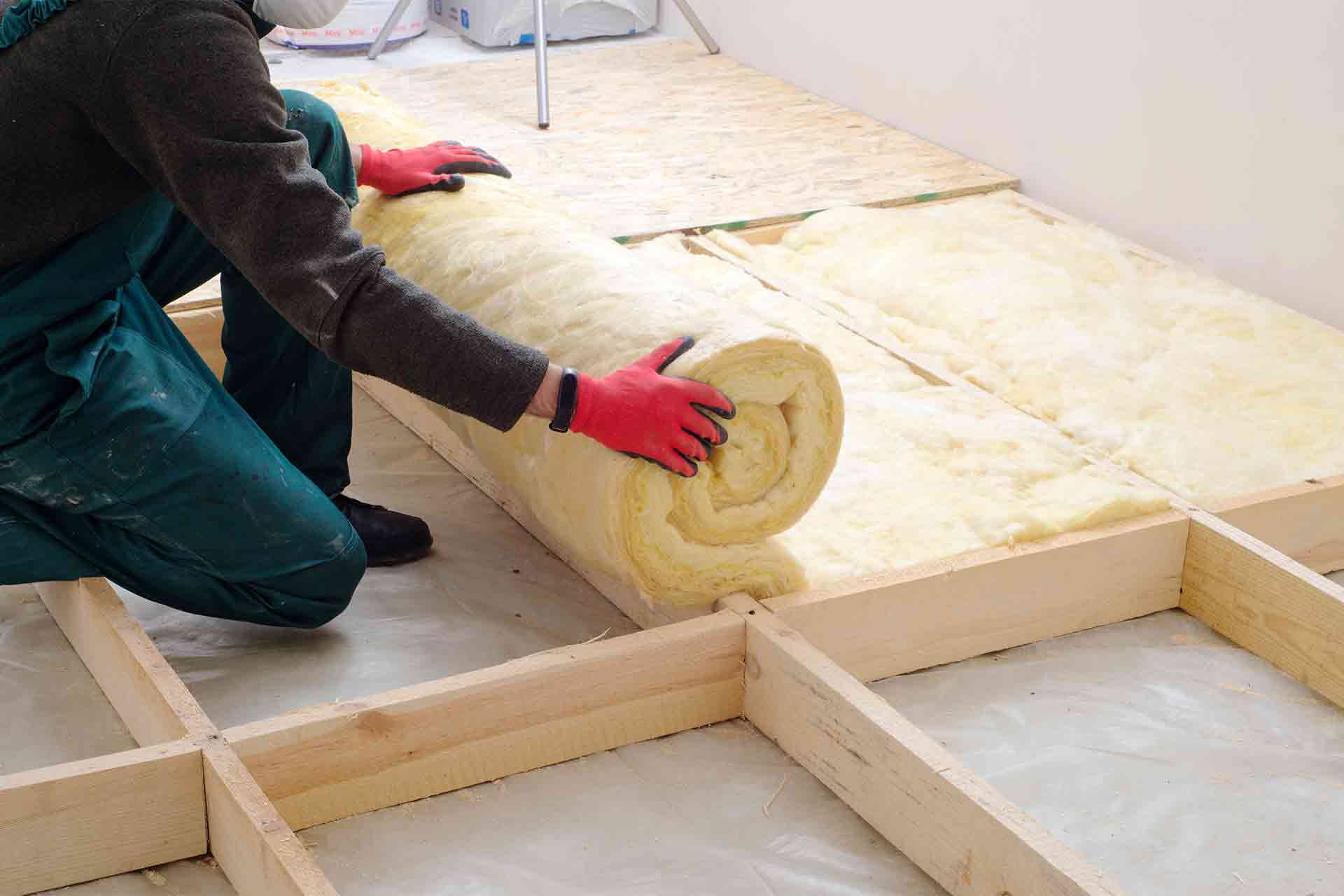
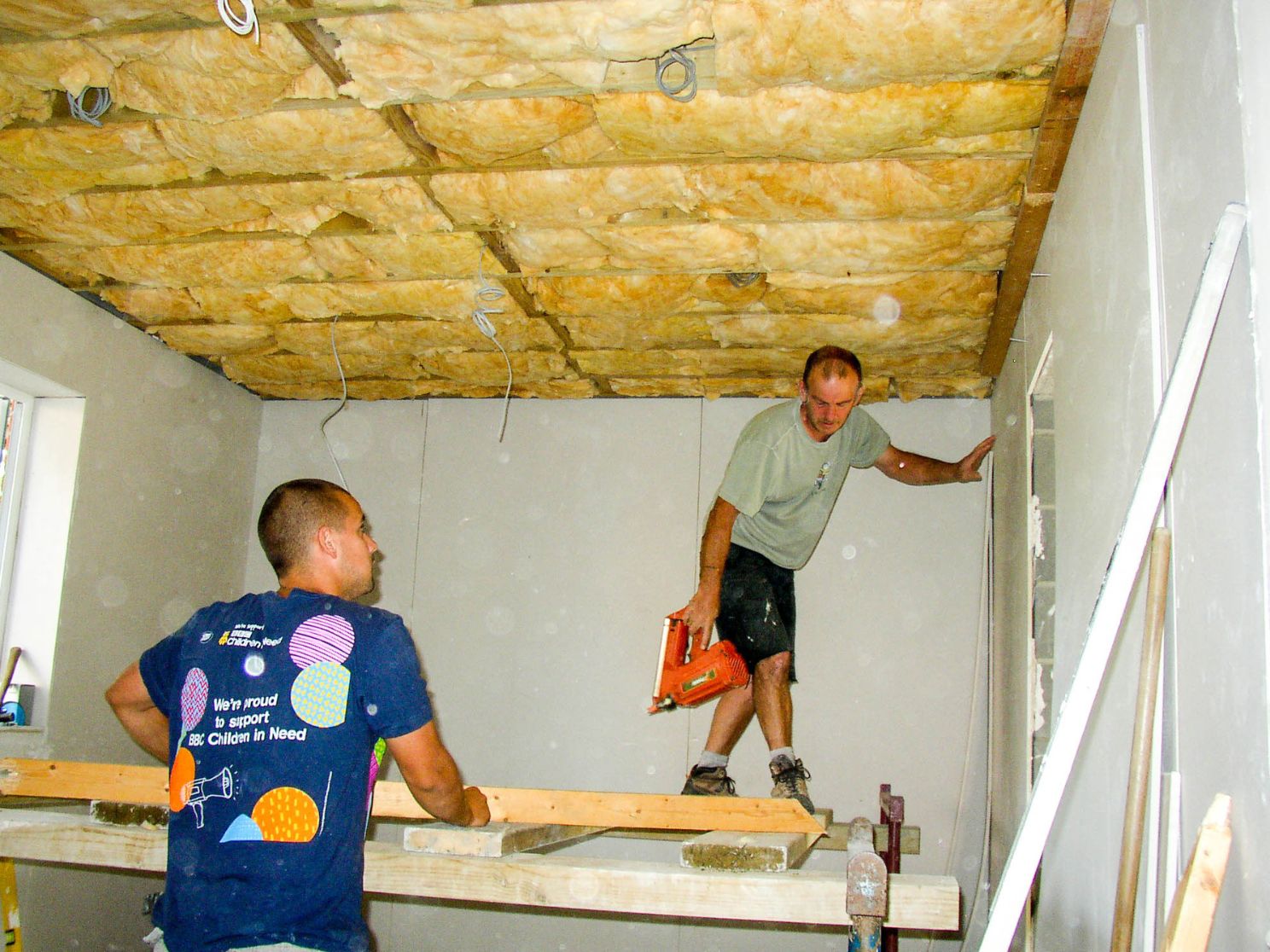

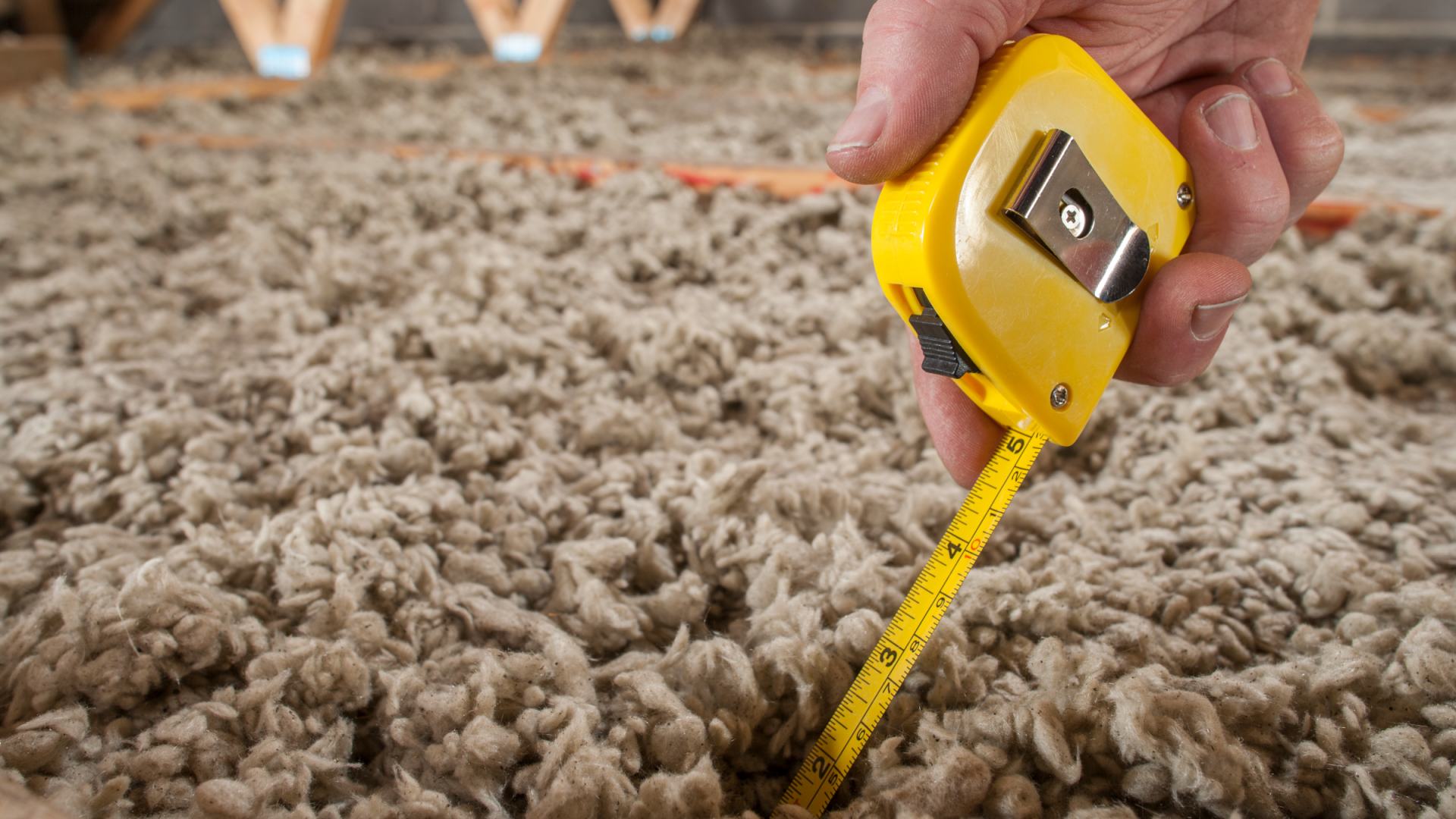
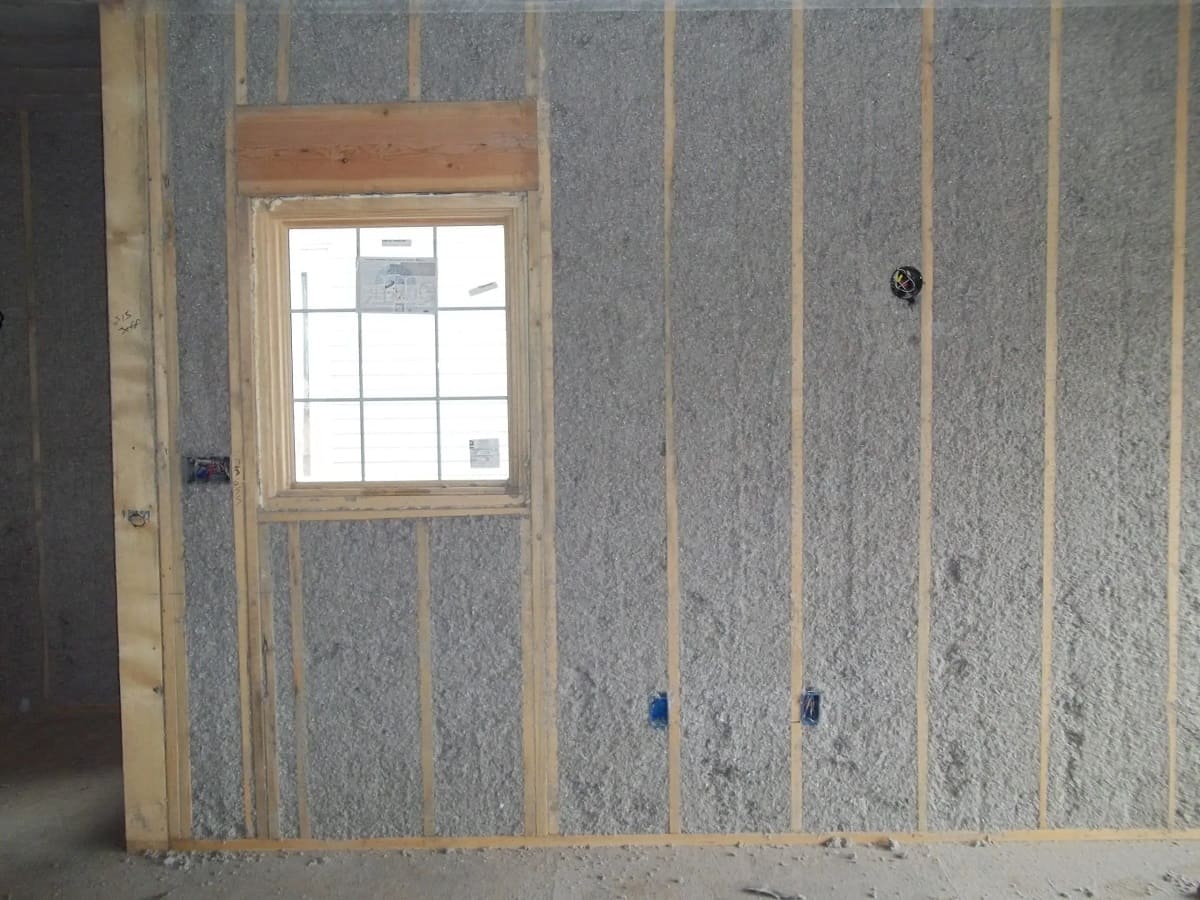


0 thoughts on “How To Stop Insulation Itch”